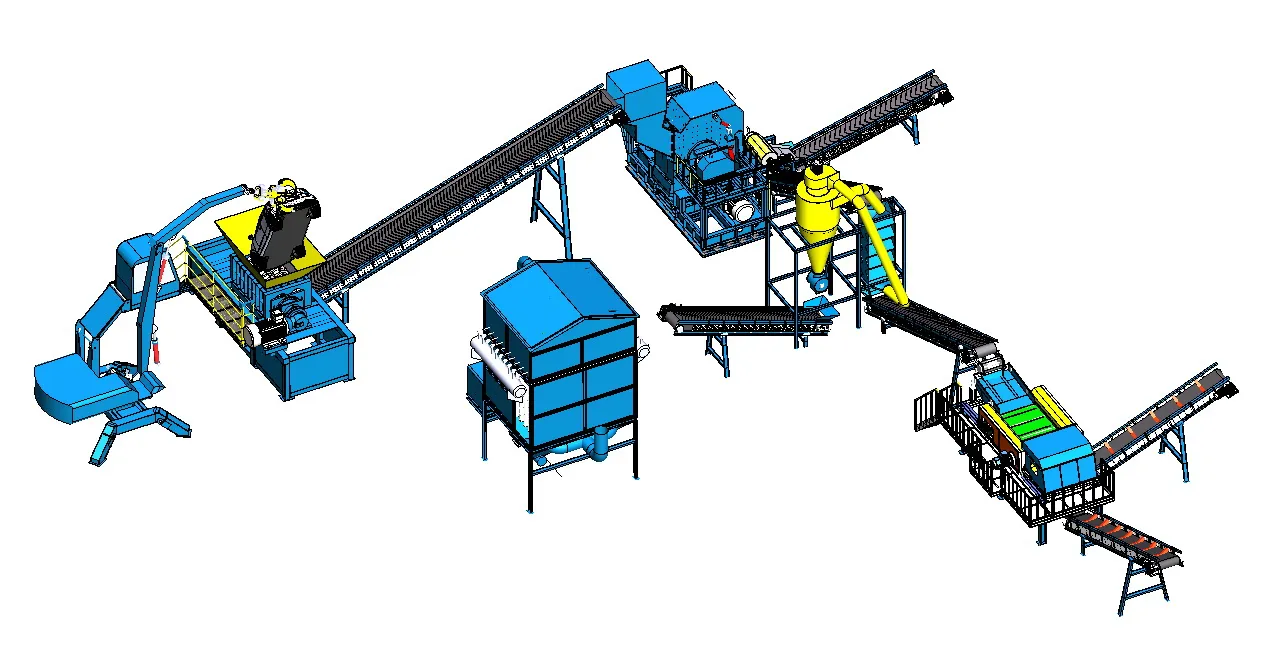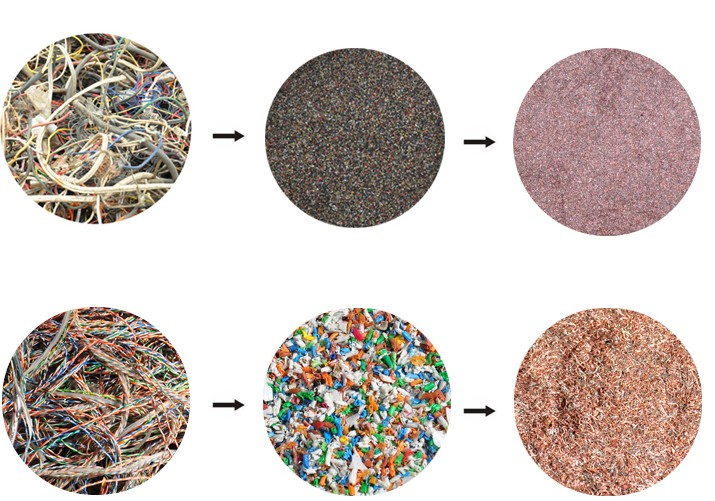Eddy currents in aluminum represent a fascinating and highly effective method in the realm of non-destructive testing and industrial applications. Born out of the principles of electromagnetism, eddy current testing offers unparalleled accuracy and efficiency, especially when applied to aluminum materials used across various industries. Its ability to detect cracks, inclusions, corrosion, and other material defects without causing any damage makes it an indispensable tool for quality control and material analysis.

In the experience of seasoned engineers and technicians, the process of eddy current testing begins by inducing an alternating current into a coil, which in turn creates a magnetic field. When this coil is placed near aluminum, the magnetic field penetrates the aluminum surface, inducing localized electrical currents known as eddy currents. These currents generate their magnetic fields, which oppose the original field from the coil. The variations in these opposed fields can reveal crucial insights into the material’s integrity.
Expertise in this field dictates that for eddy current testing to be effective, several parameters need precise calibration. The frequency of the currents, coil selection, and proximity to the material surface all play critical roles in the accuracy of defect detection. High-frequency currents are generally more suitable for detecting smaller surface defects, while lower frequencies can delve deeper to identify subsurface flaws. Such nuanced calibration underlines the importance of expertise in optimizing inspection protocols to match specific application requirements.

When evaluating eddy current testing’s authoritativeness and reliability, it's essential to underscore its widespread acceptance across industries, including aerospace, automotive, and manufacturing. Leading industry standards such as ASTM and ISO have established comprehensive guidelines and methodologies, ensuring that practices align with global regulatory frameworks. This standardization provides confidence to industries dependent on the quality and safety of aluminum components, reinforcing the test’s authoritative standing.
eddy current aluminum
Trustworthiness is further enhanced by the test’s non-invasive nature, ensuring that no components endure alteration or stress. This is particularly advantageous in sectors like aerospace, where material integrity is paramount. The consistency and repeatability of the results engender trust among engineers, manufacturers, and inspectors who rely heavily on the data rendered via these currents.
Moreover,
eddy current technology continues to advance with developments such as multi-frequency and array-based systems. These innovations allow for broader inspection coverage and improved defect imaging, thus improving diagnostic precision. Industries are now able to tailor their inspection systems to detect diverse defect types, sizes, and orientations, offering a higher resolution look into the material's condition.
In conclusion, eddy currents provide a robust, versatile, and reliable method for testing aluminum, setting a benchmark for non-destructive testing solutions. With advancements in technology and a growing body of expertise, the capabilities of eddy current testing are becoming even more refined, ensuring aluminum components in critical applications are thoroughly evaluated for safety and reliability. As industries progress, the integration of such sophisticated testing methods into broader quality assurance schemes remains crucial to upholding high standards of material performance and product safety.


